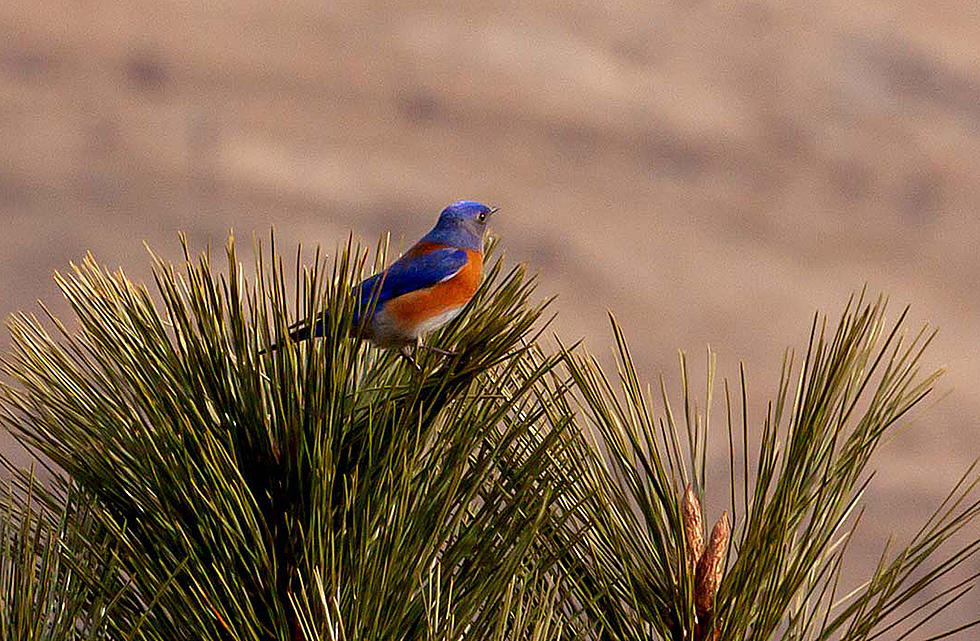
Stop Missile Attacks With Dragonflies
The US Armed Forces apparently are looking at dragonflies for help in intercepting missile attacks, according to Bob Danley's Bitterroot Outdoor Journal. He noted an article from Frances Chance that reported a dragonfly's eyes are operating at 200 frames per second, much faster than a human. And, they are over 90 percent successful in catching prey. The same features can be used to help develop better avoidance systems for self-driving cars.

Back in the Bitterroot, Bob has been hearing the final migration flocks of Sandhill Cranes, high overhead. If you want to see them, the best time is mid-day through early afternoon, when the hot air thermals are helping the birds reach higher altitudes to get over the mountains. The cranes have 6-foot wingspans, with heads and legs extended during flight (see photo). They migrate in family groups and mate for life. In fact, one of the longest partnerships was recorded at over 36 years.
There is a fungi called "Artist's Conk" that can be found year-round. Bob said the fungi is found on dead wood and is shelf-like with a 2-inch cap (see photo). Elsewhere, this week's featured lichen is the Brown-eyed Wolf Lichen, which is less than three inches in size and has a lime-color with brown "eyes," which is where it stores its reproductive spores. They are found on Ponderosa Pine branches, mainly at higher elevations around here.
Bob's reports are heard weekly on 1240 AM KLYQ Radio and at www.klyq.com at about 7:45 a.m. Wednesdays, during the Bitterroot Morning half-hour newscast in Hamilton.
LOOK: Stunning animal photos from around the world
Why do cats have whiskers? Why do they meow? Why do they nap so much? And answers to 47 other kitty questions:
More From 94.9 KYSS FM









